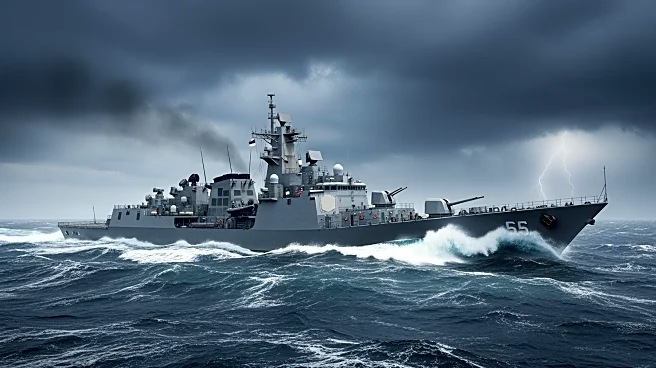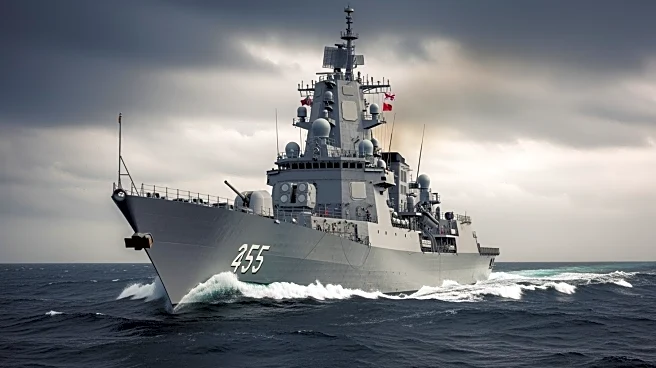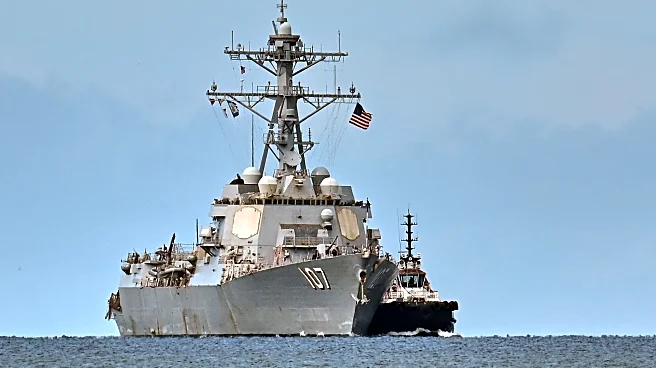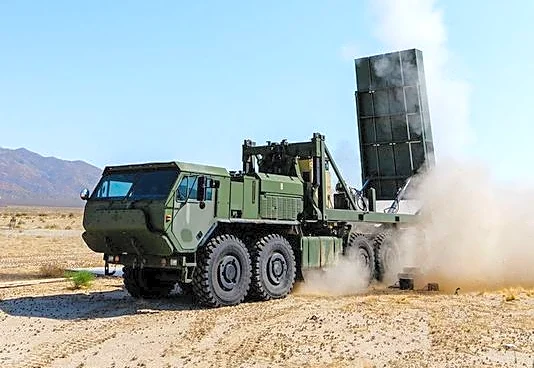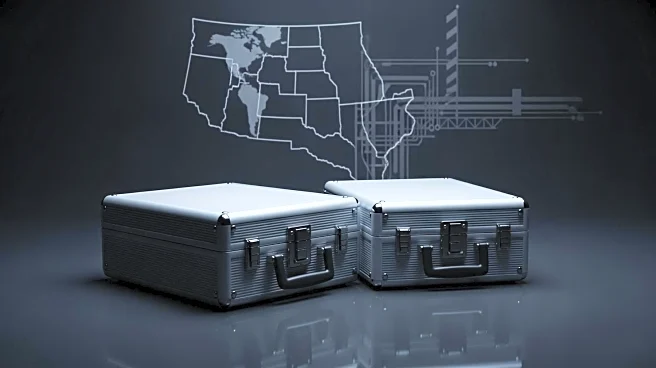What's Happening?
A U.S. Navy destroyer, the USS Gravely, has arrived in Trinidad and Tobago, close to Venezuela's coast, as part of joint exercises with the local defense forces. This move has provoked a strong reaction
from Venezuelan officials, who view it as a threat to regional stability. Venezuelan Executive Vice President Delcy Rodríguez accused the U.S. and Trinidad and Tobago of staging a military provocation near Venezuelan waters, warning of the risk of a broader conflict. The USS Gravely, an Arleigh Burke-class warship, is equipped with guided missiles, helicopters, and U.S. Marines, underscoring its capability for rapid deployment.
Why It's Important?
The deployment of the USS Gravely is part of a larger U.S. military buildup in the Caribbean, which includes the aircraft carrier USS Gerald R. Ford and its strike group. This represents the largest U.S. military presence in the region in decades. The U.S. claims the deployment is aimed at combating illicit trafficking and regional security threats, but Venezuela perceives it as preparation for potential military intervention. The situation is significant due to Venezuela's vast oil reserves and its alliances with countries like Russia, China, and Iran, making the region a potential flashpoint in global geopolitics.
What's Next?
Venezuela's diplomatic protest against the U.S. military presence has increased scrutiny on the situation. The ongoing buildup could lead to one of the most serious geopolitical confrontations in the Caribbean since the Cold War. Both sides have signaled a readiness to escalate if their strategic objectives are challenged, raising the risk of accidental clashes at sea or in nearby airspace. The situation remains tense, with potential implications for regional alliances and global power dynamics.
